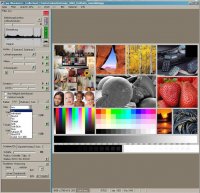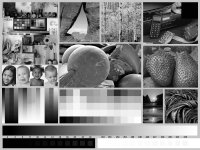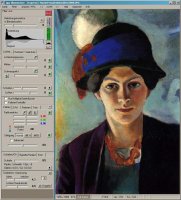- Joined
- Dec 27, 2014
- Messages
- 6,185
- Reaction score
- 7,373
- Points
- 373
- Location
- Germany
- Printer Model
- L805, WF2010, ET8550, T3100X
the black inks are not the complete answer, you are excluding some aspects - one is perception and the viewing conditions, the same gray tones of a B/W print may look different under different lighting contitions and there is an influence of the paper on the gray accuracy of the ink/paper combination, all aspects which either can be controlled/changed deliberately like a toning the gray, or eliminating the paper influence with a profile. B/W prints about never actually show colorimetrically corect and neutral gray tones, it was already decades ago a deliberate choice to use this or another paper in the darkroom for a particular look . And there is another element to consider, the actual black level, the Dmax which can be acheived with a particular ink/paper combination. A good deep black adds to the perceived contrast of a B/W print. more than with a color print. And that's another reason to use special black inks because they should give a better Dmax than standard inks.





















